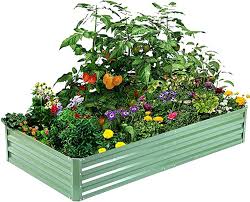
What vegetables are worth growing at home?
Top 6 Most Cost-effective Vegetables to Grow
- Lettuce. You may have noticed the price of lettuce has risen considerably in the past two years.
- Bell Peppers.
- Garlic.
- Winter Squash.
- Tomatoes.
- Broccoli.
What is the most suitable for vegetable gardening? The best soil suitable for vegetables includes lots of compost and organic matter such as composted leaves and ground or shredded, aged bark. Whatever you’re starting with, incorporate enough organic material so that the amended soil is neither sandy nor compacted.
What are the 5 easiest vegetables to grow?
Top 5 Easiest Vegetables to Grow from Seed
- #1 Lettuce. There are many varieties of lettuce to choose from, all with their own specific flavor.
- #2 Peas. Once planted, peas require very little attention other than light watering and fertilizer.
- #3 Swiss Chard.
- #4 Spinach.
- #5 Carrots.
What are good vegetables for beginner gardeners?
10 Easy-to-Grow Vegetables for Beginning Gardeners
- Bush Beans. 1/10. Bush beans are by far the most popular beans for home gardeners.
- Radishes. 2/10. Radishes are as close as you can get to instant gratification in the garden.
- Spinach. 3/10.
- Salad Greens. 4/10.
- Broccoli Rabe. 5/10.
- Swiss Chard. 6/10.
- Zucchini. 7/10.
- Rhubarb. 8/10.